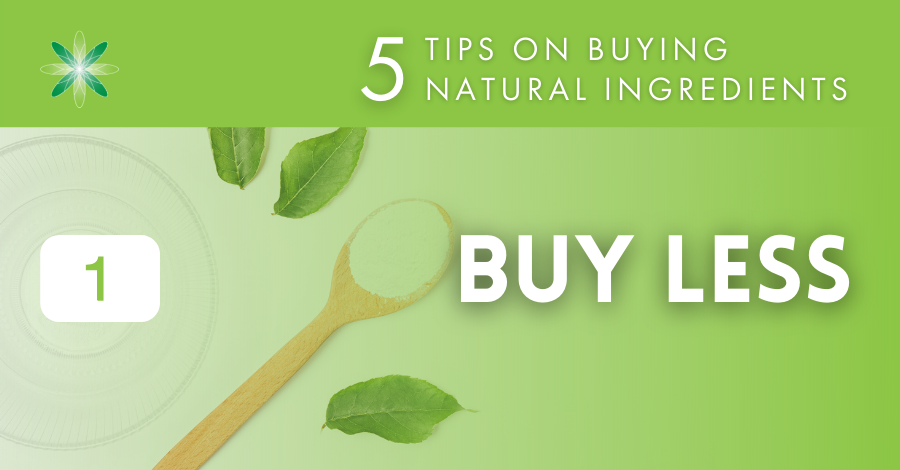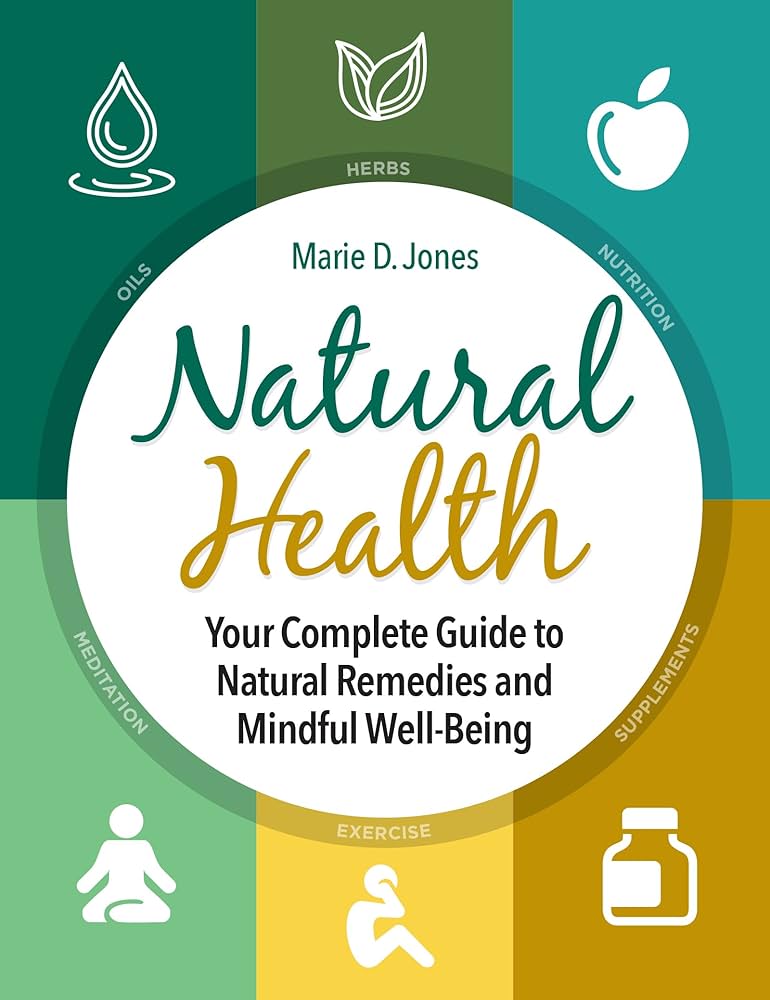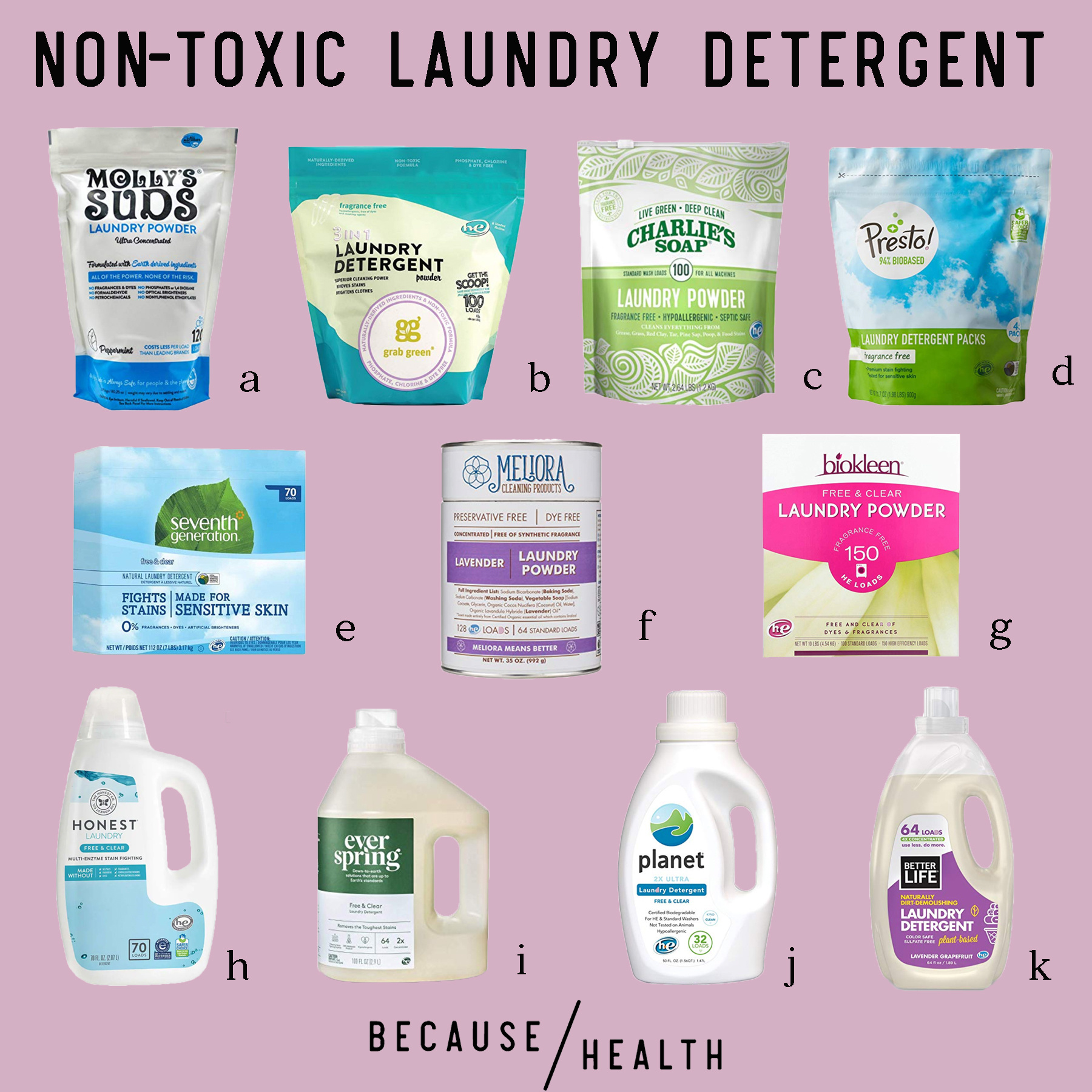As the awareness of indoor environmental health grows, the importance of choosing non-toxic furniture has never been more apparent. With more time spent indoors, it’s crucial to create a living space that not only looks good but is also conducive to your well-being.
Finding the perfect furniture pieces can be a challenging task, especially when aiming for a balance between aesthetic appeal, functionality, and health. In this guide, we’ll explore essential tips for buying natural and non-toxic furniture to help you make informed decisions.
Why Is Non-Toxic Furniture Important?
Conventional furniture can release harmful chemicals like volatile organic compounds (VOCs), formaldehyde, and flame retardants into your home environment. These substances can cause health issues, ranging from headaches and allergies to more serious long-term conditions. By choosing non-toxic options, you contribute to a healthier home and planet.
Reducing exposure to toxic chemicals is especially crucial for households with children and pets who are more susceptible to their effects. Additionally, eco-friendly furniture often means better indoor air quality as these products are designed to minimize off-gassing.
When selecting furniture, it’s not only about the immediate impact but also considering the product’s entire life cycle. Eco-friendly furniture tends to be more durable and sustainable, often made from renewable resources and designed for easy recycling or disposal.
What Should You Look For In Eco-Friendly Furniture?
Sourcing furniture that’s both eco-friendly and safe starts with understanding what to look for. The materials, manufacturing processes, and the company’s sustainability practices are all crucial factors.
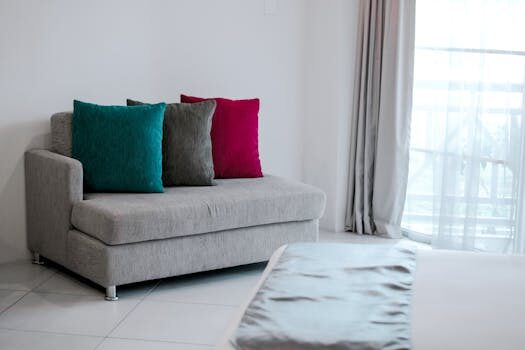
- Search for certifications like OEKO-TEX or GREENGUARD, which indicate rigorous testing for harmful chemicals.
- Choose furniture made from renewable and recyclable materials such as bamboo, cork, or certified sustainable wood.
- Opt for pieces that utilize non-toxic adhesives and finishes free from formaldehyde and other VOCs.
It’s also worth considering brands that emphasize circular design principles, ensuring that the furniture can be easily disassembled and recycled at the end of its life cycle.
Tips for Buying Natural and Non-Toxic Furniture
When you’re ready to purchase new furniture, keep these practical tips in mind:
- Do your research on affordable non-toxic furniture options to find pieces that align with your budget and style.
- Consider buying used furniture, which is often off-gassed and less likely to emit harmful chemicals.
- Look beyond the label; investigate the furniture company’s environmental policies and commitments.
Remember, you don’t have to overhaul your entire home in one go. Start by replacing pieces where you spend the most time, such as your bed or sofa, with non-toxic alternatives.
Integrating non-toxic furniture into your home is a gradual but rewarding process. Each piece you select contributes to a healthier living space and a more sustainable world.
How To Identify Toxic Substances In Furniture?
Knowledge is power when it comes to identifying toxic substances in furniture. Being familiar with common harmful chemicals can help you make better choices. Here’s what to watch out for:
- Toxic flame retardants, often found in foam cushions, can be replaced with naturally flame-resistant materials.
- Formaldehyde, a common adhesive in pressed wood products, should be avoided. Look for solid wood with safe finishes instead.
- Phthalates, used in vinyl products, can be harmful. Choose furniture with natural or phthalate-free synthetic materials.
Always inquire about the materials used in the construction of your furniture and the chemicals that may be present. This will help you steer clear of items that could compromise your health.

What Are The Best Non-Toxic Furniture Brands?
Several furniture brands have made a commitment to producing non-toxic and eco-friendly products. Some of the top brands for non-toxic furniture include:
- Companies that boast certifications like OEKO-TEX or GREENGUARD, ensuring their products meet stringent health standards.
- Brands that utilize organic materials, such as natural latex, wool, or organic cotton, in their products.
- Manufacturers that prioritize recycled materials and sustainable practices throughout their production process.
Researching and choosing trusted brands not only benefits your health but also supports businesses that are committed to ethical and environmental standards.
Where To Buy Sustainable Furniture?
Discovering where to purchase sustainable furniture can be as simple as visiting local stores or exploring online marketplaces. Consider these options:
- Local artisans and crafters who use sustainable materials and methods.
- Specialty eco-friendly furniture stores that carry a range of non-toxic products.
- Online retailers that offer transparent information about their furniture’s environmental credentials.
Even when shopping online, don’t hesitate to reach out to customer service for more detailed information about the materials and processes used in their furniture.
How To Incorporate Non-Toxic Furniture In Your Home?
Integrating non-toxic furniture into your home doesn’t need to be daunting. Start with areas that will have the most significant health impact, and consider these points:
- Choose furniture that complements the existing decor and layout of your home.
- Combine new non-toxic pieces with your current furniture for a gradual transition.
- Consider the functionality and use of each piece, opting for furniture that meets your needs while maintaining a safe environment.
With careful planning and selection, you can create a beautiful and health-conscious home that reflects your values and style.
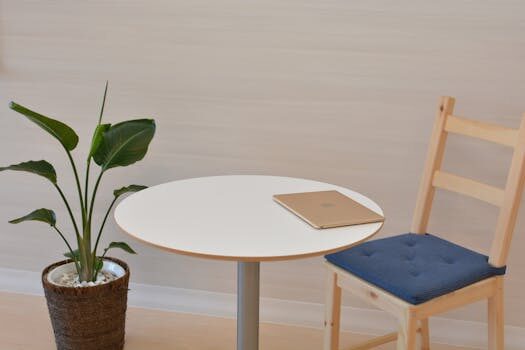
Related Questions on Natural and Non-Toxic Furniture
Why Is Non-Toxic Furniture Important?
Non-toxic furniture is vital for maintaining a safe and healthy home environment. Toxic chemicals from traditional furniture can cause a variety of health issues, making the switch to non-toxic options a proactive step towards better health and well-being.
By investing in non-toxic furniture, you are also supporting the environment by reducing demand for products that contain harmful substances and are produced through unsustainable practices.
What Should You Look For In Eco-Friendly Furniture?
When searching for eco-friendly furniture, look for sustainable materials, non-toxic finishes, and responsible manufacturing processes. Certifications can guide you towards products that meet high environmental and health standards.
Always prioritize quality and durability to ensure that your furniture won’t contribute to the cycle of waste and pollution.
What Are The Best Non-Toxic Furniture Brands?
The best non-toxic furniture brands are those committed to sustainability and health. They often feature certifications and use materials that are safe for both people and the planet. Research brands that align with your values and have a transparent supply chain.
Brands like Avocado Green Mattress, Medley, and The Inside are known for their commitment to non-toxic and sustainable furniture.

How To Identify Toxic Substances In Furniture?
To identify toxic substances in furniture, familiarize yourself with common harmful chemicals and their effects. Look out for certifications that ensure the absence of these substances, and don’t hesitate to ask manufacturers for detailed product information.
Being an informed consumer allows you to make healthier choices for your home.
Where To Buy Sustainable Furniture?
Sustainable furniture can be found at local eco-friendly stores, through online marketplaces, and directly from manufacturers who prioritize sustainability. Research and vetting are essential to ensure that the products you choose are genuinely sustainable and safe.
Finding a reputable source that matches your ethical and environmental standards will make the purchasing process more fulfilling.
As you continue to explore the ins and outs of choosing natural and non-toxic furniture, check out this informative video for additional insights:
Investing in natural and non-toxic furniture is not just a trend; it’s a lifestyle choice that benefits your health and the environment. With these tips for buying natural and non-toxic furniture, you’re well on your way to creating a safe, stylish, and sustainable living space.

 5 natural & non-toxic rug brands that are also beautiful
5 natural & non-toxic rug brands that are also beautiful
